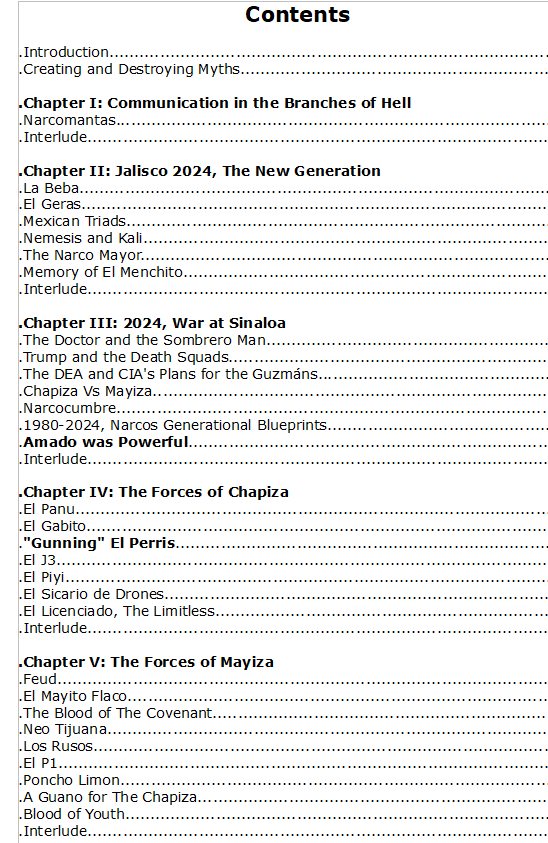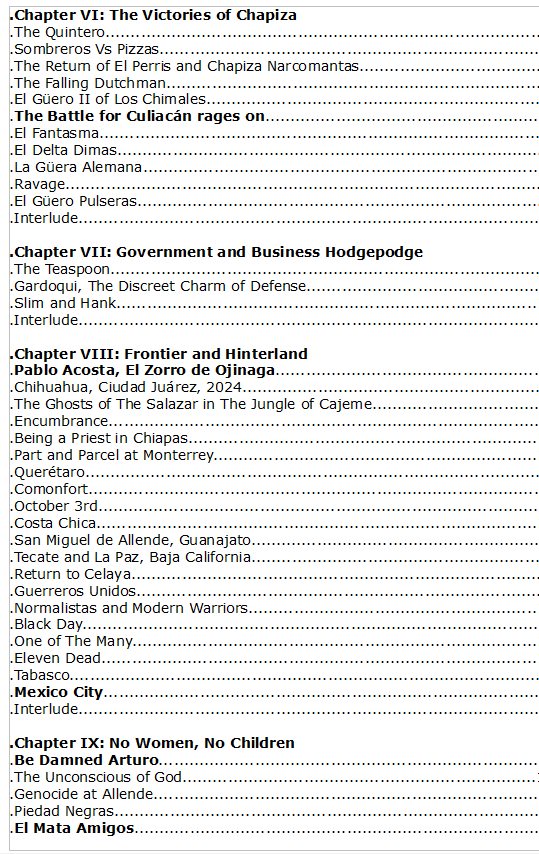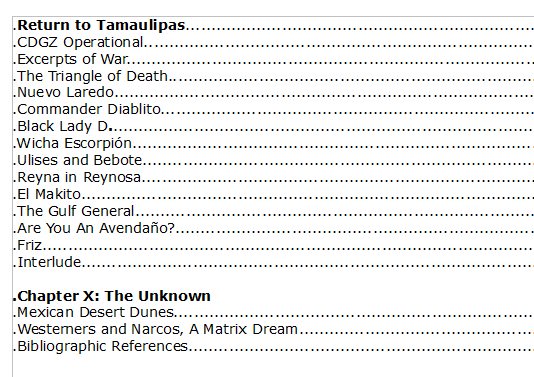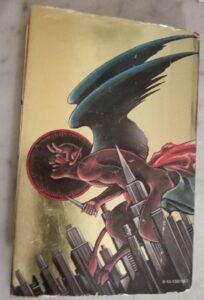El Mata Amigos – An Atypical Narcos Story
The authors and the production assure that this work is the authentic A Clockwork Orange of the twenty-first century.
Authored by House of The Harkonnens via El Mata Amigos – An Atypical Narcos Story
This is not the usual article where we summarize the contents of books, or our own books, but rather a kind of behind-the-scenes account of the work conducted by the authors, who with this book mark, but perhaps do not yet conclude, a trilogy that began with Black Obsidian – The Mexican Genocide of the 21st Century, and continued with The Emerald and The Two Serpents – The True Story of the Medellín, Cali, and Guadalajara Cartels. It should be noted that as a code of conduct for our publishing house, we do not grant video interviews, nor do we resort to “coordinated” dissemination of our works via posts on social networks, or at least not on a massive scale that would make our humble advertising campaign resemble spam. Much of our potential success is left almost to pure chance. First and foremost, we as authors either love or hate our own works. Often these feelings reverse when public perception expresses contrasting ideas in summary or overall judgments of a story or narrative, but we realize that not all readers are on the same level, just as writers are not.
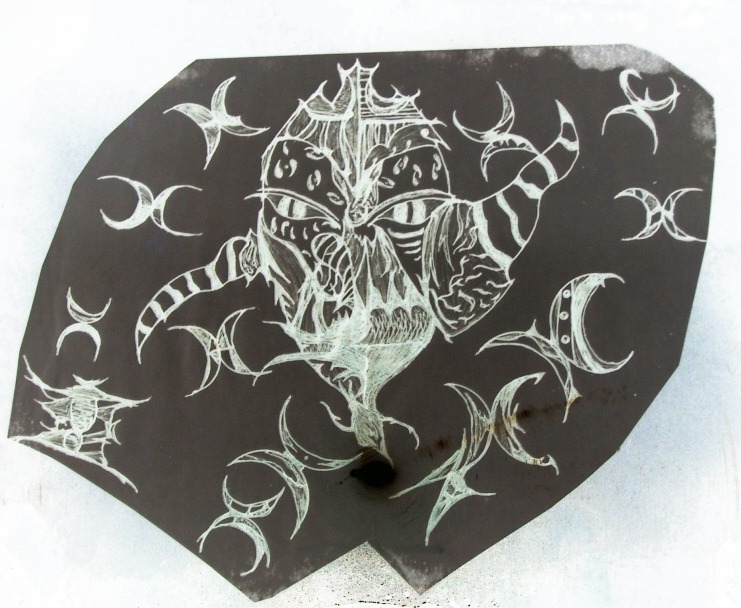
Karl Constantine:
I don’t believe I had set a date or an end goal when I decided, along with the team, to embark on a literary “journey” in Mexico. Perhaps we were already prepared to undertake this endeavor, and indeed El Mata Amigos begins precisely this way: by understanding the reasons and the “why” behind an action. I believe this legitimizes the entire work. These reasons are the very foundations upon which everything else is built, page after page, word after word.
Cristian De Vries:
As the executive producer of the book, or rather of what has now become an entire trilogy, I must say that the money and time spent have been well invested. Today, the public can read three relatively concise books that clearly demonstrate, among other things, how important this country, Mexico, and its people, the Mexicans, truly are within their complex and overarching system. Mexican existentialism today far surpasses the Colombian magical realism expressed in the last century, which is also referenced in the second book, The Emerald and The Two Serpents.
Fabio Mirabella:
As an author and a Westerner, I felt compelled to bring to the world’s attention one of the greatest, if not the absolute greatest, contradictions of our time, located just a stone’s throw away from what is referred to as the Western Empire represented by the United States of America. For Europeans, it should be unthinkable to grant credibility, or worse, authority in international diplomatic discussions to the United States regarding issues in the Middle East or Ukraine, when they have a large-scale genocide occurring silently and powerfully right next door, beyond their territorial boundaries. Remaining indifferent and allowing our daily lives to be dictated by what Western media publishes is utterly depressing, shameful, and constitutes a daily insult based on the promotion of agendas that prioritize private interests over public welfare. As authors, I believe it is our ethical and moral duty to encourage people to become aware of the true world and reality surrounding them. Even if change does not happen immediately, that does not matter. Sometimes, it only takes changing the mind of a single person to simultaneously alter the perspectives of millions of others; today we understand this very well, don’t we?
Tom McLeane:
As a producer and heir to the British literary lineage, I have fulfilled my role in crafting the “action” stories. If we were to compare A Clockwork Orange by Burgess to El Mata Amigos today, it would mean we are already in the twenty-second century. Burgess’s work was dystopian and visionary, and the audience in the 1970s, as well as in the 80s and 90s, failed to realize that he had already anticipated the bleached hair of many modern women and the gratuitous violence of today’s youth gangs. With El Mata Amigos, we applied the same ultraviolence as Burgess, which was nonetheless unreal—a product of a narrative drawn from possible realities of everyday life in modern metropolises. However, we infused it with a certain intensity, as the inhumane acts described in El Mata Amigos, except for the account in the final chapter, are all very real, many of them quite recent. Yet we treated these events as something distant to convey the idea—already introduced in the first book, *Black Obsidian*—that this broad situation of conflict is essentially a repetitive pattern that languidly moves through the centuries, from the human sacrifices made by the Aztecs, sometimes thousands in a single day, to the massacres and atrocities of recent years. Humans resemble strings that move, expendable, along these repetitive patterns. And here lies the dilemma presented in Burgess’s book: Are we truly free to choose? What about our destiny… our lives?
El Mata Amigos – An Atypical Narcos Story immerses readers in the intricate and often brutal world of narco culture, revealing a narrative that is as captivating as it is provocative. This book is not merely a recounting of events; it is a deep exploration of the evolution of drug cartels in Mexico, tracing their roots from the pioneering days of the 1980s through the tumultuous 1990s to the present, where the offspring of original narcos now dominate the landscape.

The narrative expertly captures the intense rivalries within the Sinaloa Cartel, particularly between the Chapiza and Mayiza factions. These conflicts are portrayed with vivid detail, showcasing a brutal war that spares no one and highlights the pervasive influence of narco culture across various Mexican states such as Querétaro, Baja California, Chiapas, Guanajuato, and Tijuana. The author skillfully intertwines historical context with contemporary issues, revealing a nation riddled with corruption and conflict.

At its core, El Mata Amigos delves into the lineage of narco power in Tamaulipas, tracing a lineage from Juan Nepomuceno Guerra to Osiel Cárdenas Guillén, alias El Mata Amigos. This exploration not only documents the rise of Los Zetas but also reflects on their resurgence in today’s explosive environment.
The tension builds throughout the story, culminating in a high-stakes confrontation among narco leaders set against a backdrop that blurs the lines between reality and a virtual dreamscape known as the Narco Matrix.
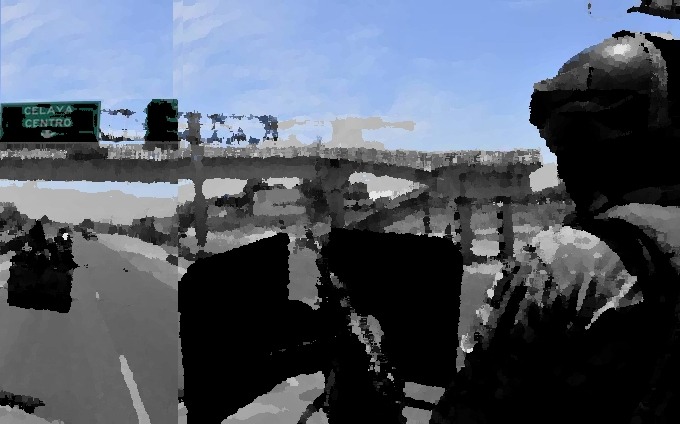
The author’s prose is both engaging and thought-provoking, challenging readers to reconsider their perceptions of loyalty and survival in a world where these concepts are constantly tested. Themes of romanticism and revenge permeate the narrative, adding layers of complexity to character motivations and actions.

What sets El Mata Amigos apart is its ability to transcend mere storytelling; it prompts critical reflection on broader societal issues. It poses significant questions about freedom and choice within a context where individuals often appear as mere pawns in an ongoing cycle of violence—a sentiment echoed in comparisons to Burgess’s A Clockwork Orange. The book invites readers to ponder whether we are truly free to shape our destinies or if we are merely following predetermined paths laid out by those who came before us.

El Mata Amigos is an extraordinary addition to contemporary literature that not only entertains but also educates. It serves as a stark reminder of the realities faced by many in Mexico and offers an unflinching look at the complexities of human nature within the shadowy realm of narco culture. Readers will find themselves drawn into a world where every page reveals new layers of intrigue and danger—ultimately leaving them questioning what lies beneath the surface of this captivating narrative. Prepare for an unforgettable journey through the underbelly of narco culture, where survival is paramount, and every decision can have dire consequences.

Available at Amazon
In Mexican/Spanish

In Italiano – L’Ammazza-Amici
